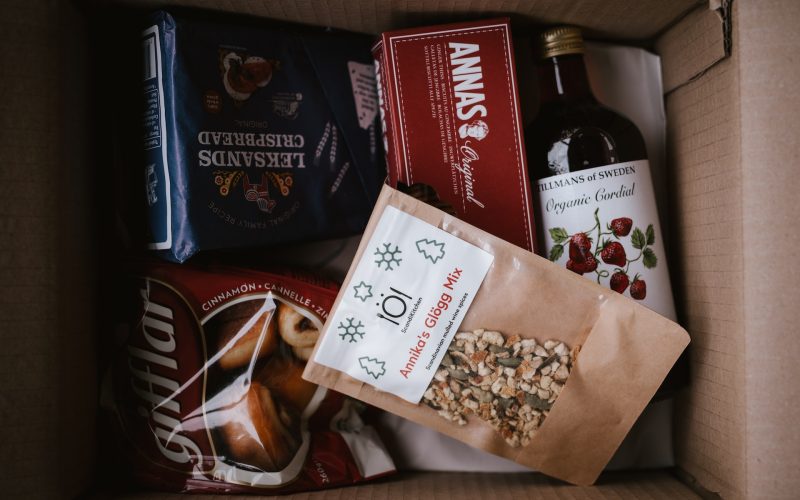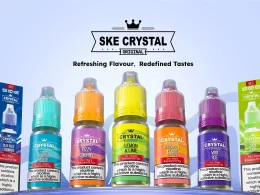Introduction:
Food packaging plays a crucial role in preserving the quality and safety of our food. It keeps our favorite snacks fresh, prevents contamination, and provides us with important information about the product. However, not all food packaging is created equal. In this article, we delve into the top five annoyances of food packaging that consumers encounter, shedding light on common frustrations and exploring potential solutions.
- Excessive Packaging:
One of the most common annoyances of food packaging is excessive packaging. We’ve all experienced the frustration of purchasing a small item only to find it encased in layers of unnecessary plastic or cardboard. Excessive packaging not only contributes to waste but also makes it inconvenient to access the product. Consumers are increasingly seeking eco-friendly alternatives and minimalistic packaging solutions that reduce environmental impact without compromising product quality.
- Difficult-to-Open Packaging:
Have you ever struggled with a package that seemed impossible to open? Whether it’s a tightly sealed jar, a plastic wrapper that defies scissors, or a resealable bag that refuses to cooperate, difficult-to-open packaging can be a major source of frustration. Manufacturers should prioritize user-friendly packaging designs that are easy to open, especially for individuals with limited dexterity. Tear strips, easy-grip tabs, and innovative resealable options are some examples of solutions that can enhance the consumer experience.
- Inaccurate Portioning or Serving Sizes:
Many packaged foods come with portioning or serving size information to help consumers make informed decisions about their intake. However, inaccuracy in portioning or serving sizes is a recurring annoyance. In some cases, the serving size may be unrealistically small or fail to align with the actual contents of the package. Manufacturers should strive for transparency and accuracy in portioning information, allowing consumers to make informed choices about their dietary needs and avoid confusion.
- Misleading Packaging Claims:
Food packaging often features eye-catching claims and enticing imagery to attract consumers. However, misleading packaging claims can be a source of disappointment and frustration. Whether it’s exaggerated health claims, misleading graphics, or deceptive ingredient lists, consumers deserve accurate and transparent information about the products they purchase. Regulatory bodies and industry standards play a crucial role in ensuring that packaging claims are truthful and not misleading.
- Non-Recyclable Packaging:
As environmental awareness grows, consumers are increasingly concerned about the impact of packaging waste on the planet. Non-recyclable packaging is a significant annoyance for eco-conscious individuals. Single-use plastics and packaging materials that cannot be recycled contribute to pollution and waste accumulation. Sustainable packaging alternatives, such as compostable materials or easily recyclable packaging, are becoming more desirable to consumers. Encouraging the use of eco-friendly packaging options can help address this annoyance and reduce the environmental footprint of the food industry.
Conclusion:
While food packaging is essential for preserving the quality and safety of our food, it is not without its annoyances. Excessive packaging, difficult-to-open containers, inaccurate portioning, misleading claims, and non-recyclable materials are among the top frustrations experienced by consumers. As the demand for sustainable and user-friendly packaging solutions grows, it is crucial for manufacturers to address these annoyances and prioritize consumer satisfaction. By embracing eco-friendly alternatives, designing packaging that is easy to open and reseal, providing accurate portioning information, and ensuring transparent labeling, the food industry can enhance the overall consumer experience and contribute to a more sustainable future.












